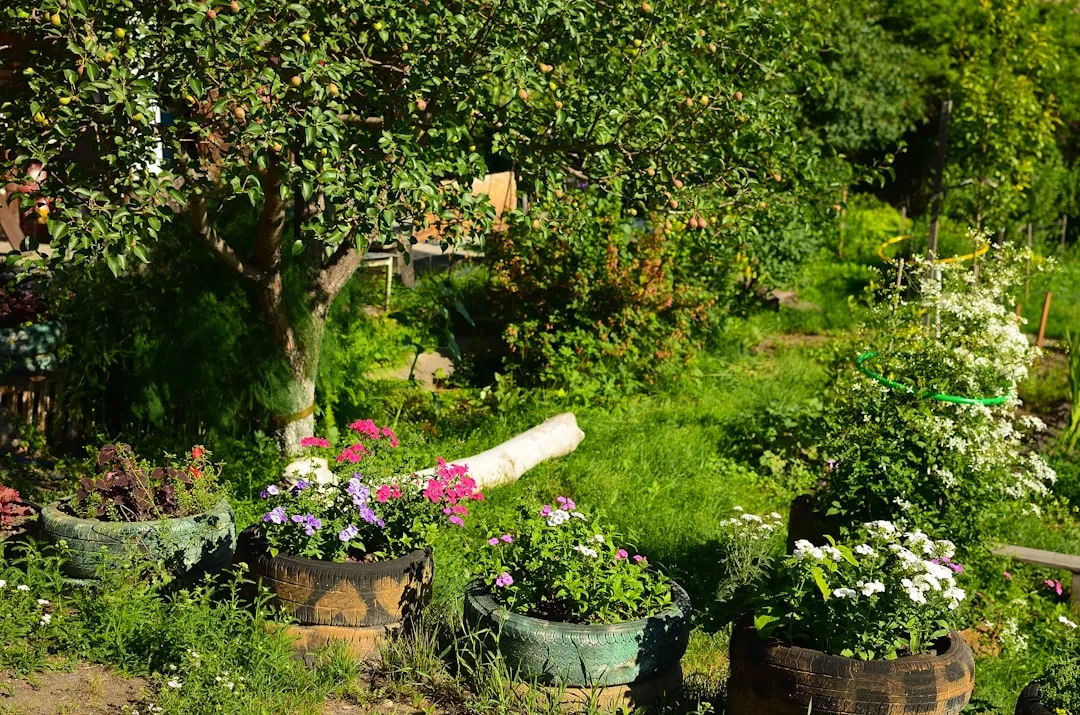Unleashing the Beauty of Diascia in Early Spring

Early spring is a magical time in the gardening world, a period when nature begins to stir from its winter slumber. One of the most delightful ways to embrace this season is by growing diascia, a charming annual flower that can add a splash of color to containers, hanging baskets, or garden beds. In this article, we will explore essential tips for cultivating these beautiful blooms and creating a vibrant display in your outdoor space.
Diascia, also known as twinspur, is a genus of flowering plants native to South Africa. These plants are prized for their delicate, spurred flowers that come in a wide range of colors, including pink, purple, red, and white. They are relatively easy to grow and are well - suited for both novice and experienced gardeners.
Choosing the Right Location
When it comes to growing diascia, location is key. These plants thrive in full sun to partial shade. For containers and hanging baskets, place them in a spot where they will receive at least six hours of sunlight per day. In garden beds, choose an area that gets morning sun and some afternoon shade, especially in regions with hot summers. This will help prevent the plants from getting too stressed by the intense heat.
Good air circulation is also important. Avoid overcrowding your diascia plants, as this can lead to poor air movement and increase the risk of fungal diseases. If you are planting in a container, make sure it has adequate drainage holes to prevent waterlogging, which can be detrimental to the roots.
Selecting the Ideal Soil
Diascia prefers well - drained, fertile soil. For containers and hanging baskets, use a high - quality potting mix that is rich in organic matter. You can also add some perlite or vermiculite to improve drainage. In garden beds, amend the soil with compost or well - rotted manure before planting. This will not only provide essential nutrients but also help to loosen the soil and improve its structure.
The soil pH should be slightly acidic to neutral, ideally between 6.0 and 7.0. You can test the soil pH using a home testing kit and make adjustments as needed. If the soil is too alkaline, you can add sulfur to lower the pH; if it is too acidic, you can add lime to raise it.
Planting Diascia
You can start diascia from seeds or purchase young plants from a nursery. If starting from seeds, sow them indoors about 8 - 10 weeks before the last expected frost date. Fill seed trays with a seed - starting mix, sprinkle the seeds on the surface, and lightly cover them with a thin layer of the mix. Keep the soil moist and warm, and the seeds should germinate within 7 - 14 days.
Once the seedlings have developed their first true leaves, you can transplant them into individual pots. Harden off the seedlings by gradually exposing them to outdoor conditions for a few hours each day before planting them in their final location. When planting in containers or garden beds, space the plants about 8 - 12 inches apart to allow for proper growth and air circulation.
Watering and Fertilizing
Diascia plants need regular watering, especially during dry spells. However, they do not like to sit in waterlogged soil. Water the plants deeply but infrequently, allowing the top inch of soil to dry out between waterings. In containers and hanging baskets, this may mean watering more frequently, as the soil tends to dry out faster.
Fertilize diascia every two to three weeks during the growing season with a balanced, water - soluble fertilizer. This will help promote healthy growth and abundant flowering. You can also use a slow - release fertilizer at the time of planting, which will provide a steady supply of nutrients over a longer period.
Deadheading and Pruning
To encourage continuous blooming, deadhead the spent flowers regularly. Simply pinch off the faded blooms at the base of the flower stem. This will prevent the plant from putting energy into producing seeds and instead redirect it towards new flower production.
You can also prune diascia plants to maintain their shape and promote bushier growth. In early summer, you can give the plants a light trim to remove any leggy or overgrown stems. This will help keep the plants compact and more attractive.
In conclusion, growing diascia in early spring can be a rewarding experience. By following these essential tips on location, soil, planting, watering, fertilizing, and maintenance, you can enjoy a beautiful display of colorful diascia flowers in your containers, hanging baskets, or garden beds. So, get out there and start creating your own diascia paradise this spring!